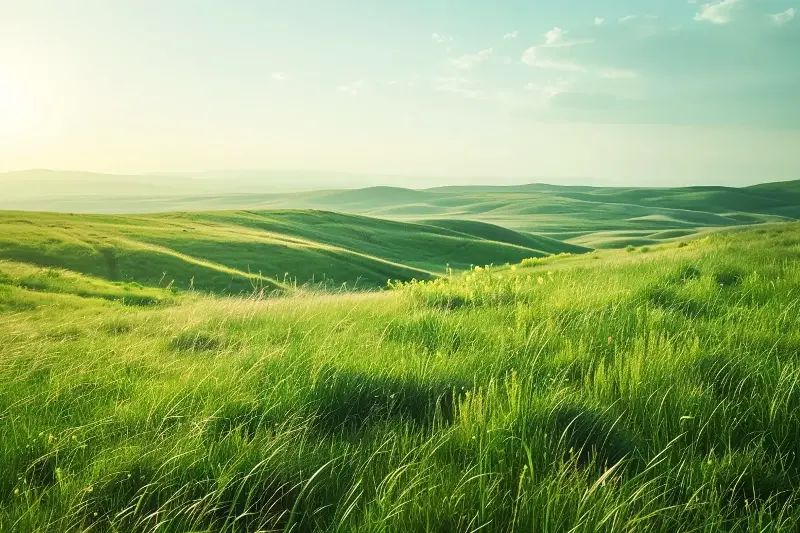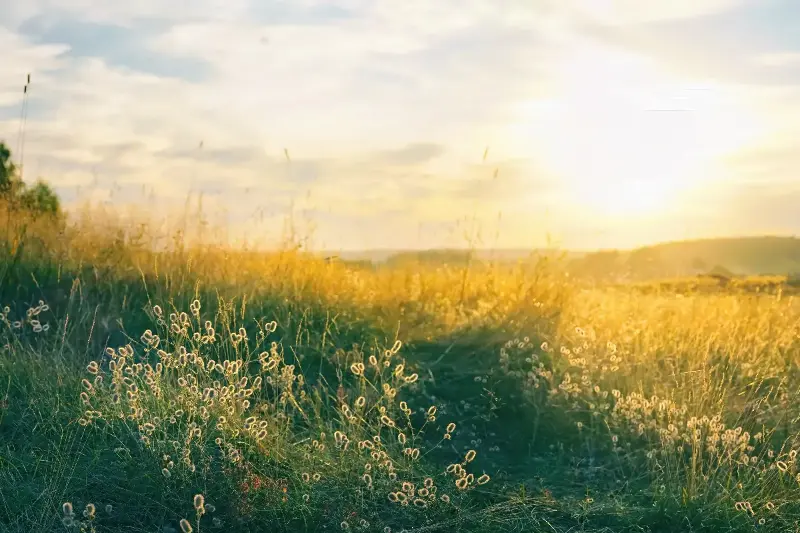If you imagine a grassland, perhaps endless golden waves of grass, thundering herds, and wide-open sky come to mind. For many, they are the backdrop to wild adventure films or scenes from classic travel documentaries. But grasslands are so much more than dramatic views—they are the lifeblood of our planet’s ecological balance, and their stories are as complex and vital as any rainforest or coral reef. Let’s unravel why grasslands matter, not just for nature lovers and scientists, but for every one of us.

Defining the Open Expanse: What Exactly Constitutes a Grassland?
Grasslands are open, treeless areas where grasses are the dominant plant life, although a few scattered shrubs and trees may appear. They exist on every continent except Antarctica, with major types known as prairies (North America), savannas (Africa), steppes (Eurasia), and pampas (South America). These ecosystems thrive in places where rainfall is too low to support a forest, but not so scarce as to create a desert.
What is fascinating is how grasslands adapt and flourish with seasonal change, fire, and grazing animals. In fact, many grassland species depend on such disturbances to prevent trees from establishing and to kickstart regrowth. This dynamic balance supports an extraordinary diversity of life.
Biodiversity Hotspots: Life in Astonishing Abundance
While grasslands may seem simple, they boast astonishing biodiversity. Grassland ecosystems support thousands of species of birds, mammals, reptiles, insects, and plants. Think of Africa’s savannas, bustling with elephants, lions, zebras, giraffes, and a kaleidoscope of birdlife. In North America's prairies, bison, prairie dogs, and swift foxes thrive among fields of tall grass.
How does such richness happen in such an open habitat? The answer lies in adaptation. For example, many grassland animals display cryptic colouring to hide from predators, while some plants grow deep roots to survive fires and droughts. The lack of dense forest means many species must communicate, hunt, or evade danger in the open, resulting in striking evolutionary innovations.
Grasslands also play a crucial role as stopover points for migratory species. Wheatears, swallows, butterflies, and even bats use these open expanses as refuelling stations during epic journeys, supporting both local and global biodiversity.

Climate Guardians: Grasslands as Crucial Regulators
Perhaps one of the most surprising secrets about grasslands is their impact on the global climate. We often associate carbon storage with forests, but grasslands are significant carbon sinks in their own right. Their deep-rooted grasses plant vast amounts of carbon underground, sometimes for thousands of years. In fact, some studies suggest the world’s grasslands store up to one-third of all terrestrial carbon.
When grasslands remain undisturbed, they help regulate the Earth’s climate by sequestering carbon in their tangled root systems and soils. Grasslands are also highly resilient to wildfire and drought—after fire, grasses regrow quickly, locking carbon back into the ecosystem. This makes them especially important in a warming, unstable climate.
But their climate benefits go beyond carbon. Grasslands are essential in the water cycle. Their soil absorbs and filters rainfall, preventing floods and helping recharge underground aquifers. In regions plagued by drought or erratic rainfall, healthy grasslands provide a buffer against water scarcity.
A Deep Connection: The Enduring Relationship Between People and Grasslands
Long before cities and paved roads, grasslands nourished and protected our ancestors. These ecosystems have shaped human culture and diet for millennia. Many of our most important crops—such as wheat, maize, rice, and barley—originated on grasslands. The domestication of cattle, sheep, goats, and horses likewise began in these open spaces.
Today, grasslands continue to support billions. They provide grazing for livestock, habitat for pollinators, raw materials for medicines, and vital space for recreation and tourism. In some cultures, grassland plants are woven into baskets, made into shelter, or used in traditional ceremonies. Even now, the rhythms of rural life around the world still follow the patterns of the grassland seasons.

Threats on the Horizon: Why the Fate of Grasslands Matters to Us All
Despite their power and beauty, grasslands are among the most threatened ecosystems on Earth. Over 50% of the world’s grasslands have been converted for agriculture, urbanisation, and industry. Ploughing for crops, overgrazing, invasive species, and climate change all erode these ecosystems.
The consequences reach far beyond local communities. As grasslands shrink, we lose not only unique species and cultural traditions but also our natural defences against climate change, drought, and soil erosion. For example, the once-vast North American prairies are now among the most endangered habitats globally, with only tiny fragments remaining.
Yet, hope remains. Communities, scientists, and policymakers are now working to restore native grasslands, promote sustainable grazing, and recognise indigenous knowledge in caring for these landscapes. There is growing awareness that grasslands, like forests and wetlands, are irreplaceable when it comes to planetary health.
A Shared Future: The Vital Role of Grasslands in Our Collective Well-being
What makes grasslands so special is not just their vastness or the life they shelter, but their resilience and importance to every living being. They anchor soil, nourish wildlife and people, regulate water and climate, and connect us to our past and future.
As stewards of Earth, we have a rare opportunity—to see beauty where we once saw simplicity, and to cherish what is vital but often overlooked. Protecting grasslands is more than an ecological effort; it’s a step towards safeguarding our collective well-being, today and for generations to come. With imagination and action, these green seas will continue to shape life on our planet—now, and always.
